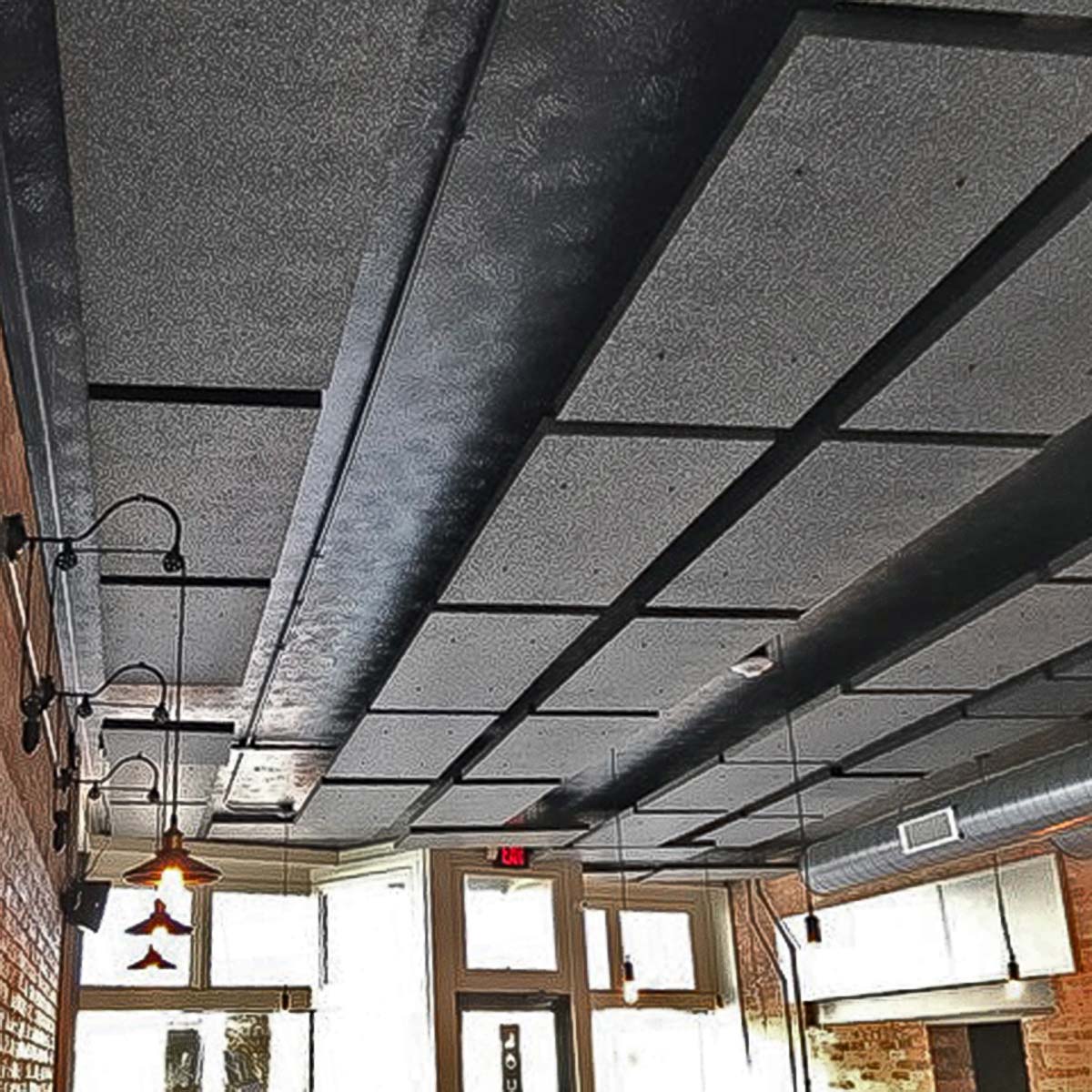Crafting Calmness: Discover Innovative Acoustic Solutions
Crafting Calmness: Discover Innovative Acoustic Solutions
Blog Article
Achieve Perfect Consistency in your house With Efficient Soundproofing Techniques for Optimum Acoustics
Soundproofing plays a vital role in attaining optimal acoustics, affecting the means we experience and communicate with our living rooms. By understanding the principles of soundproofing, identifying sources of sound disturbances, choosing ideal materials, and using tested methods, you can transform your home into a haven of harmony where audio boosts rather than disrupts.

Recognizing Soundproofing Essentials
What are the basic concepts that underlie efficient soundproofing methods? Soundproofing is rooted in the understanding of exactly how sound waves travel and communicate with different materials. The trick to effective soundproofing exists in interrupting or taking in these sound waves to reduce their transmission from one area to another. This can be achieved via different techniques, such as adding mass to wall surfaces, floorings, and ceilings, sealing gaps and splits to stop sound leakage, and making use of sound-absorbing products like acoustic panels or rugs (acoustic solutions).
Understanding the principle of sound transmission class (STC) scores is vital in choosing the right products for soundproofing. The STC rating gauges exactly how well a product can minimize airborne audio transmission through it, with higher STC scores indicating far better soundproofing capabilities. Furthermore, thinking about the influence of effect insulation course (IIC) rankings for decreasing effect noise, such as steps or furniture moving, can better enhance the efficiency of soundproofing options.
Evaluating Noise Resources in your house
Structure upon the fundamental understanding of soundproofing principles, a critical action in effective sound mitigation within your home entails determining and assessing the numerous sources of undesirable noise. Sound resources can be classified right into two main types: air-borne sound, which consists of noises like conversations, music, and television, and impact sound, such as footprints or things being gone down.
Furthermore, consider external resources of sound, such as web traffic, next-door neighbors, or close-by construction, which can also influence the acoustics within your home. acoustic solutions. Recognizing these sources will aid you focus on areas for soundproofing and choose one of the most efficient services. By pinpointing the details sound sources in your house, you can tailor your soundproofing efforts to achieve optimum results and create an extra serene and harmonious living setting
Choosing the Right Soundproofing Products
When picking soundproofing materials for your home, it is necessary to prioritize efficiency and compatibility with your details noise worries. Take into consideration factors such as the type of sound you are attempting to block, the level of soundproofing required, and the aesthetic appeals of the products to guarantee they blend perfectly right into your living room.
One usual product for soundproofing is acoustic foam. An additional alternative is mass-loaded plastic, which is reliable in obstructing out low-frequency sounds like website traffic or equipment audios.
Drapes and carpets made from sound-absorbing products are likewise efficient in moistening noise, especially in areas with hard surfaces that cause sound to bounce about. Bear in mind, the trick to effective soundproofing is choosing the ideal materials that address your specific sound concerns while improving the general comfort and acoustics of your home.
Executing Soundproofing Techniques
To properly apply soundproofing methods in your home, it is important to start by assessing the locations that are most prone to noise seepage. Typical sources of sound can consist of outside sounds from click site website traffic, next-door neighbors, or nearby construction, along with interior sources like devices, plumbing, and entertainment systems. As soon as you have actually identified these locations, you can begin implementing soundproofing options customized to each specific area.

For even more considerable noise decrease, think about mounting soundproof drywall, double-glazed home windows, or resilient networks to isolate resonances. Additionally, repositioning furniture, including bookshelves, or including sound-absorbing materials can even more enhance the acoustics of a room. By strategically implementing these soundproofing techniques, you can create a quieter and even more peaceful living setting in your house.
Keeping and Improving Acoustic Atmosphere
After carrying out soundproofing methods to deal with noise seepage in your house, the emphasis moves towards keeping and boosting the acoustic atmosphere to guarantee a constantly serene space. To maintain optimum acoustics, regularly evaluate soundproofing products for deterioration, ensuring they continue to be efficient in blocking undesirable noise. Keep doors and home windows appropriately sealed to prevent audio leakage and take into consideration including weather removing or door sweeps for additional soundproofing.
Improving the acoustic setting can involve strategic positioning of furniture, carpets, and curtains to wet sound representations and echoes. Utilizing sound-absorbing products such as acoustic panels or foam can further boost the overall audio quality in your house. acoustic solutions. Furthermore, including soft furnishings like paddings and blankets can help in reducing sound reverberation, developing a more positive auditory experience
In addition, purchasing sound-absorbing decor elements like shelfs, tapestries, or plants can contribute to a balanced acoustic setting. Frequently decluttering your room can also stop audio waves from bouncing off surface areas, inevitably improving the general acoustics of your home. By consistently preserving and website link boosting your acoustic environment, you can produce an unified and serene living space for on your own and your family members.
Conclusion
In final thought, attaining perfect harmony in your home via reliable soundproofing techniques is necessary for optimum acoustics. By understanding soundproofing basics, examining sound resources, picking the right materials, executing methods, and preserving the acoustic setting, you can develop a peaceful and pleasurable living area complimentary from undesirable sound disruptions. Focusing on soundproofing initiatives can dramatically improve the overall quality of life in your home.
Report this page